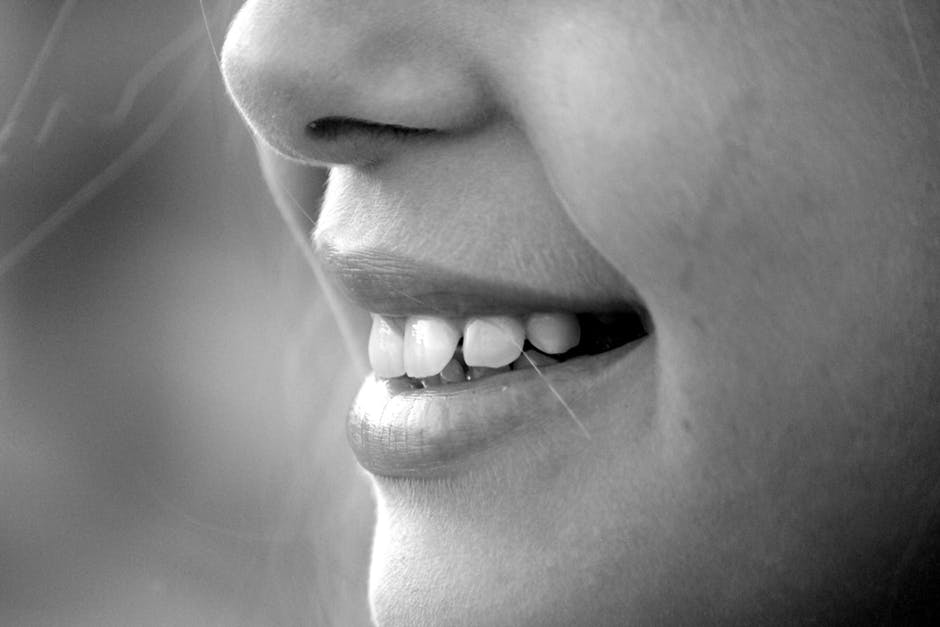Good dental care should be at the top of the list of anyone seeking to be in perfect health and to look their best. Too often people will focus on the health of other parts of their body yet neglect their teeth and gums.
Our teeth are very important to us for several reasons. They are the first step in digestion of our food. Teeth grind food that is placed in the mouth into smaller bits with larger surface area. As this food moves down the esophagus and into the stomach, it is easier to break up into digestible pieces because of the action of the teeth.
The teeth are also a big part of our appearance. Healthy teeth are a sign a good hygiene and good health. They can play a role in you getting a job or attracting a mate.
For these reasons, most people see a dentist in cities from Seattle to San Diego and across the country see a dentist regularly. A good portion of those dental visits is for check-ups, teeth cleaning, and regular teeth maintenance. Other common reasons include getting or removing braces which are used to straighten the teeth. Another reason is one that makes most people uncomfortable, and that is when there is a problem with the teeth or gums.
When there is a tooth or gum problem, it will typically mean that the dentist will have to drill or remove the teeth. This requires specific medications before during and after the dental procedure. The medications utilize before and during the procedure are designed to numb the mouth and tooth area that is being treated. This numbing allows for any pain sensations in the patient’s mouth, to be subdued. Medications that are given to patients after a medical procedure fit into three specific categories:
Analgesics
Dental procedures that require drilling, removing teeth or adding synthetic teeth, will create pain that continues after the procedure. For this reason a dentist will prescribed a painkiller to the patient. That painkiller will be an analgesic. There two types of analgesics that might be prescribed to the patient.
Non-narcotic analgesics
Non-narcotic analgesics include ibuprofen, acetaminophen, and aspirin and are the most often prescribed types of analgesics to dental patients. These mile painkillers will relieve tooth and gum pain and typically cause little to no side effects.
Narcotic analgesics
Narcotic analgesics are much stronger pain relievers and are prescribed by dentist when there is severe pain after a medical procedure. These drugs include codeine, and hydrocodone. Narcotic analgesics are often mixed with non-narcotic analgesics to improve their effectiveness. One common mixture includes vicodin and ibuprofen and is called vicoprofen.
Cortosteroids
Sometimes medical procedures cause extreme swelling in the mouth which leads to discomfort for the patient. Normally a dentist will advise to simply let the swelling go down over the next 24 to 48 hours. However if the swelling in the patient’s mouth is causing considerable pain or discomfort, the dentist may prescribe an anti-inflammatory like orabase-hca, oracort or oralone which can reduce swelling and redness.
Antibiotics
Because the mouth is constantly filled with harmful bacteria and many dental problems come from exposure to harmful bacteria in the mouth, antibiotics are prescribed after many medical procedures are performed,
Additionally, a medical procedure that opens blood vessels and allows them to be exposed in the mouth, can expose the patient to serious potential harm from bacteria. For these combined reasons antibiotics including erythromycin, penicillin and amoxicillin are standard antibiotic choices for dental patients after their procedures.
In the event of a serious bacterial infection such as one that causes an abscess in the mouth, a top dentist like Dr. Kami Hoss will likely use an even stronger antibiotic like clindamycin.
The use of powerful and fast acting prescription and non-prescription drugs around dental procedures has helped dentists to make dental procedures safe and effective. Each drug has a specific purpose and combined that create a powerful set of tools for a dentist.


 Patrick Dwyer Merrill Lynch – Tips for Becoming a Leader in Your Field of Business
Patrick Dwyer Merrill Lynch – Tips for Becoming a Leader in Your Field of Business